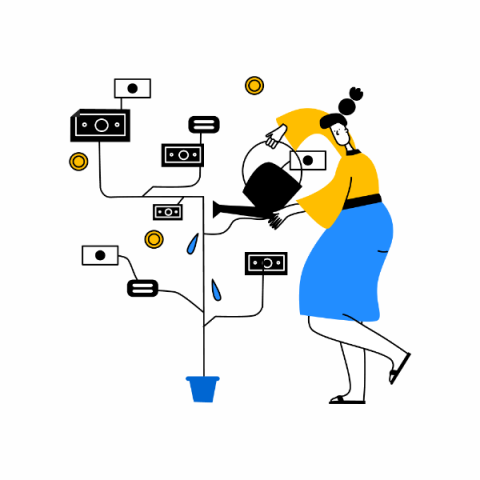How do you load data to REST-like APIs when there is no dedicated data destination component?
Imagine you want to take data out of the Keboola’s ecosystem. But the unexpected happens - there is no devoted Writer component! You search through all the destination Writers - from Snowflake to Excel - but nothing works for you. This is when the Generic Writer comes in handy. The Generic Writer is a Keboola Component that allows you to send data to an API destination outside of Keboola.











